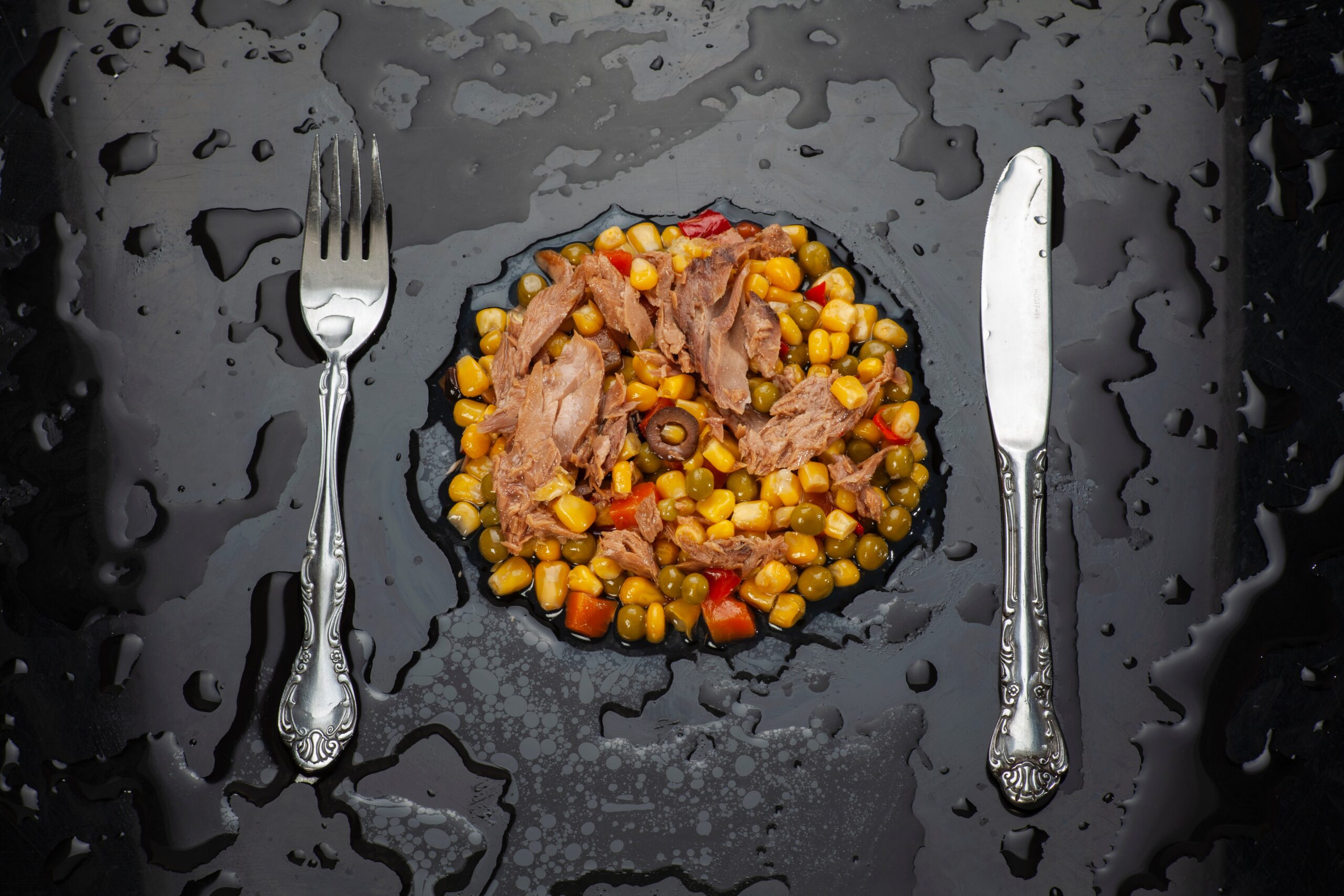Introduction
Breast augmentation has long been a popular cosmetic procedure for those looking to enhance their silhouette. Among the myriad options available, fat transfer breast augmentation has emerged as a favored choice for its natural results and dual benefit of body contouring. In our exploration of this transformative procedure, we delve into the visual documentation that chronicles patient transformations, particularly emphasizing the importance of “before and after” pictures which serve as a testament to the procedure’s efficacy.
Understanding Fat Transfer Breast Augmentation
Fat transfer breast augmentation is a surgical technique that involves harvesting fat from one part of the patient’s body through liposuction and then injecting it into the breasts. This procedure offers a more natural alternative to implants and is ideal for those seeking a moderate increase in breast size and a natural feel.
The Importance of Visual Documentation
Visual documentation in the form of “before and after” pictures is crucial for patients considering fat transfer breast augmentation. It provides a clear, visual narrative of the changes they can expect and serves as a powerful communication tool between the patient and the surgeon. These images also help set realistic expectations and foster a deeper understanding of the procedure’s potential outcomes.
Preparing for the Procedure
The journey to breast augmentation begins long before the surgery itself. Patients are advised to maintain a stable weight, follow a healthy lifestyle, and avoid medications that could increase bleeding. Consulting with a board-certified plastic surgeon is essential to determine the best course of action tailored to the individual’s body and aesthetic goals.
The Surgical Process
The procedure involves two main stages: liposuction and fat injection. Fat is typically harvested from areas with excess fat deposits, such as the abdomen or thighs, and then purified before being carefully injected into the breast tissue. This meticulous process ensures a smooth, natural-looking enhancement.
Recovery and Aftercare
Post-operative care is crucial for the success of fat transfer breast augmentation. Patients typically experience swelling, bruising, and mild discomfort. Following the surgeon’s aftercare instructions—including wearing compression garments and avoiding strenuous activities—is imperative for optimal healing and results.
“Before and After” – The Visual Transformation
This is where the keyword “Fix the grammar: Before and after pictures of fat transfer breast augmentation” comes into play. These photographs are not just a compilation of clinical shots; they represent a narrative of change, confidence, and satisfaction. They demonstrate the surgeon’s skill, the patient’s transformation, and the procedure’s ability to produce desired outcomes.
Choosing the Right Surgeon
The importance of selecting a qualified and experienced plastic surgeon cannot be overstated. A surgeon’s expertise is evident in their approach to fat grafting, their understanding of body aesthetics, and their ability to achieve symmetry and proportion. Surgeons who specialize in fat transfer breast augmentation will have a portfolio of “before and after” pictures to showcase their work.
The Role of Technology
Advancements in technology have enhanced the precision and predictability of fat transfer procedures. Imaging software and 3D simulation allow surgeons to plan the procedure meticulously and give patients a glimpse into their post-operative appearance, further emphasizing the value of visual documentation.
The Emotional Impact
Undergoing breast augmentation is not only a physical transformation but also an emotional journey. Patients often report a boost in self-esteem and body confidence post-surgery. The “before and after” pictures encapsulate these emotional changes, symbolizing a new chapter in the patient’s life.
Risks and Considerations
While fat transfer breast augmentation is generally considered safe, it’s not without risks. Potential complications include fat necrosis, asymmetry, and the need for additional procedures. An informed decision is vital, and understanding the risks through detailed discussions with your surgeon is an integral part of the process.
Long-Term Results
Fat transfer breast augmentation provides long-lasting results, but they are not immune to the effects of aging, weight fluctuations, and hormonal changes. Maintaining a stable weight and healthy lifestyle can help to prolong the results. Regular follow-up appointments are also crucial to monitor the health and appearance of the breasts.
Conclusion
Fat transfer breast augmentation is a remarkable procedure that combines the artistry of sculpting with the science of surgery. “Before and after” pictures are not merely clinical evidence of a procedure’s success; they are a visual diary of a patient’s transformative journey. They serve to inform, inspire, and instill confidence in those considering the procedure. As with any cosmetic surgery, thorough research, realistic expectations, and choosing a skilled surgeon are pivotal to achieving the best possible outcomes. Whether it is to enhance body contour or to reclaim confidence, the stories told in these images resonate with the profound impact that fat transfer breast augmentation can have on an individual’s life.

